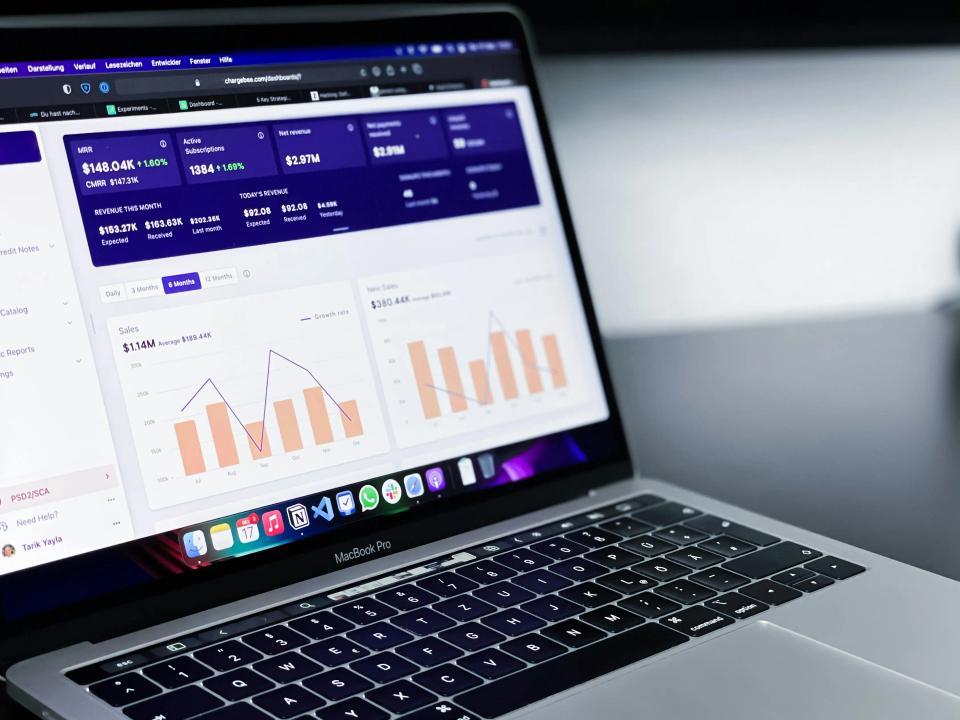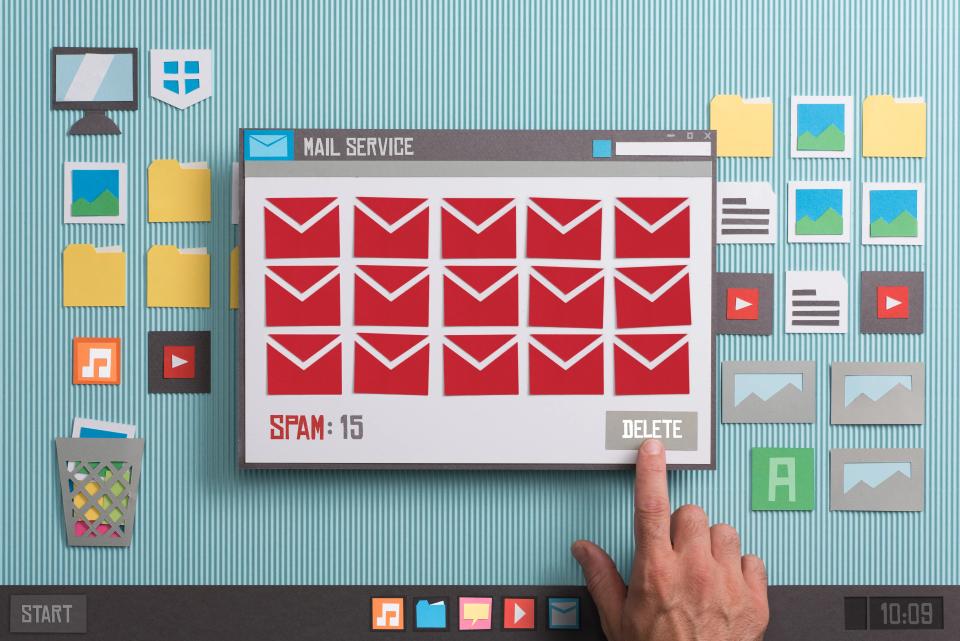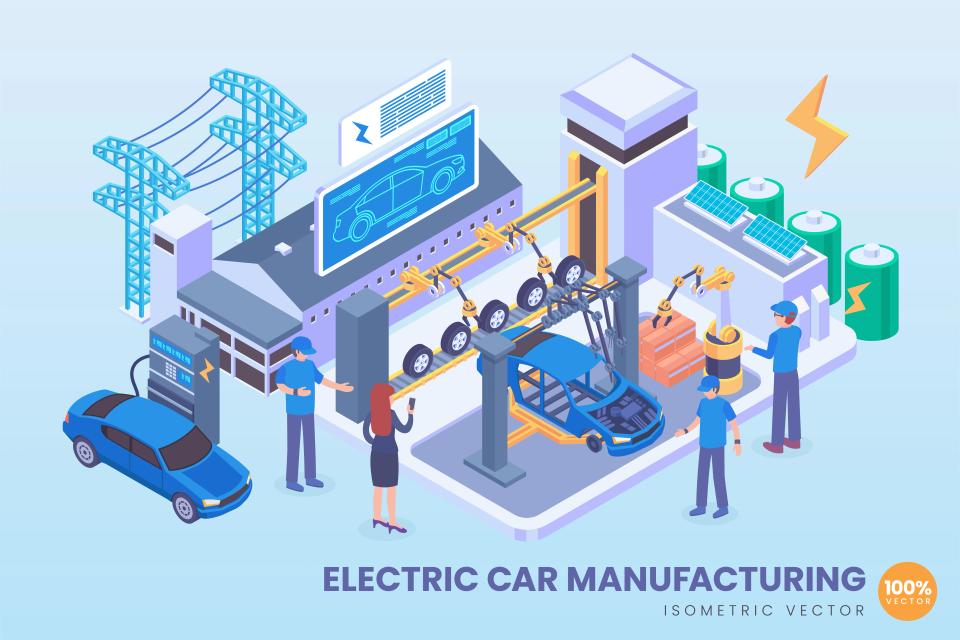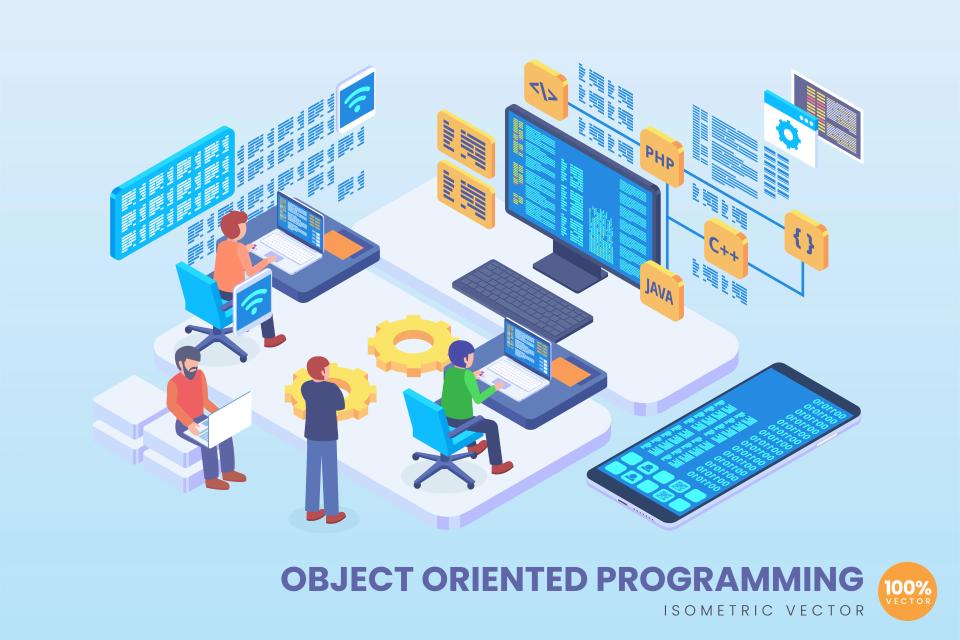Imagine your vital mission, your passionate team, struggling against the tide. Limited funds, the constant hunt for support, the urgent need to rally your community – sound familiar? These are the daily battles nonprofits face, a relentless push to make a difference with often scarce resources.
But what if there was a powerful ally in this fight, a tool to amplify your voice and reach those who care? Digital advertising, specifically Google Ads for nonprofits, offers a lifeline, a cost-effective way to connect with hearts and minds. It’s about turning whispers into shouts, ensuring your cause isn't just heard, but felt.
The real game-changer? Google Ad Grants. This incredible program provides eligible nonprofits with $10,000 per month in ad credits, leveling the playing field and allowing you to compete with for-profit entities in search results. This post is your roadmap, showing you exactly how to harness this power to dramatically boost donations and supercharge engagement.
Why Google Ads is a Must-Have for Modern Nonprofits
Unparalleled Reach & Intent
Why gamble with your message when you can deliver it directly to those already looking? Google Ads offers unparalleled reach, connecting your nonprofit with individuals actively searching for causes just like yours. Think about it: someone types "how to help homeless veterans" – and your ad appears, a beacon of hope.
This isn't just about visibility; it's about intent. You're targeting potential donors, volunteers, and beneficiaries precisely when their interest is highest, when they're motivated to act. As Nonprofit Megaphone highlights, Google Ads’ intent-based targeting connects nonprofits with users already seeking related services, like “donate to homeless shelters” or “volunteer opportunities.”
Measurable Impact & ROI
Tired of throwing marketing dollars into a black hole? With nonprofit PPC advertising through Google Ads, every click, every conversion is tracked. You see exactly how your ad spend translates into donations, sign-ups, or other vital actions.
This means no more guesswork. You make data-driven decisions, constantly refining your campaigns for maximum impact. Cannabis Creative points out that Google Ads’ granular tracking allows nonprofits to attribute donations, newsletter sign-ups, or event RSVPs directly to ad campaigns.
Cost-Effectiveness (Especially with Google Ad Grants)
Worried about costs? Google Ads puts you in control, allowing you to set precise budgets. And for nonprofits, the Google Ad Grants program is a monumental advantage.
This program offers a substantial monthly advertising budget at no cost, making powerful advertising accessible. The $10,000 monthly grant effectively eliminates budget barriers, making it an incredibly cost-effective solution for nonprofits.
Unlocking the Power of Google Ad Grants
What is Google Ad Grants?
Imagine having an extra $10,000 every single month dedicated solely to promoting your cause. That's the reality with Google Ad Grants. This phenomenal program provides eligible nonprofits with $10,000 USD per month in-kind advertising credit to use on Google Search.
Google's mission here is clear: to help organizations like yours amplify their message, reach more people, and ultimately, make a bigger impact on the world. It’s about empowering those who do good to do even more good.
Eligibility Criteria for Nonprofits
So, how do you get your hands on this incredible resource? Eligibility hinges on a few key factors. Generally, your organization must hold recognized charitable status, such as 501(c)(3) status in the U.S. or an equivalent international designation.
You'll also need a high-quality, functional website secured with HTTPS. It's important to note that certain entities like hospitals, schools, and government agencies are typically ineligible, though their affiliated charitable arms might qualify. You can always check Google's official resources for specific country eligibility.
Application Process Overview
The application process itself is straightforward, though it requires attention to detail. It typically involves enrolling in Google for Nonprofits and then submitting your website and content for compliance reviews. Think of it as opening the door to a massive new audience. For detailed steps, refer to Google's official Ad Grants application guide.
Key Policies & Best Practices for Ad Grants Accounts
Once approved, maintaining your Ad Grant status means adhering to specific policies. Key requirements include maintaining a 5% click-through rate (CTR) on your ads and generally avoiding single-word keywords, as highlighted by BoardEffect.
Furthermore, you must implement specific geo-targeting for your campaigns; you can't just target the whole world. Getting Attention notes the importance of designing geo-targeted campaigns to comply with location-specific policies, ensuring ads reach relevant communities. Crucially, meaningful conversion tracking is not just recommended, it's essential for demonstrating impact and compliance. The daily budget cap is $329, requiring strategic campaign structuring to fully utilize the monthly grant.
Strategic Campaign Setup for Maximum Impact
Defining Clear Objectives & KPIs
Want to truly succeed? Stop aiming vaguely for "more donations." Get specific! Your objectives could be "acquire 50 new monthly donors by Q4," "generate 100 volunteer sign-ups for our upcoming event," or "increase newsletter subscriptions by 20%." Clear goals are your compass.
These key performance indicators (KPIs) become the benchmarks against which you measure success. They transform your advertising from a hopeful shot in the dark into a precision-guided mission. This clarity fuels every decision you make.
Keyword Research Tailored for Nonprofits
To increase donations with Google Ads, you need to speak your audience's language. Keyword research is about uncovering the exact phrases people use when searching for causes like yours or services you provide. Think "donate to animal shelter," "homeless support services [city]," or "volunteer opportunities for teens."
Tools like Google Keyword Planner are invaluable, but don't underestimate brainstorming with your team. Consider the user's intent: are they seeking information, looking for your specific organization, or ready to make a transactional commitment like a donation? Raisely.com suggests that nonprofits should target long-tail keywords like “donate to climate change nonprofits” to attract high-intent users.
Crafting Compelling Ad Copy that Inspires Action
Your ad copy is your digital handshake, your first impression. It needs to grab attention and inspire immediate action. Focus on forging an emotional connection and clearly demonstrating the impact of a contribution – for example, "Your $50 Feeds a Family for a Week," as suggested by Raisely.
Use crystal-clear Calls-to-Action (CTAs) like "Donate Now," "Support Our Cause," or "Volunteer Today." Highlight what makes your nonprofit unique. And don't forget Ad Extensions! Sitelinks can direct users to specific programs, callouts can showcase impact statistics, and structured snippets can list your services, all enhancing ad relevance. NPTechforGood.com emphasizes that Google mandates at least two active ad groups per campaign, each with two ads and four sitelink assets.
Effective Targeting Strategies
Reaching the right people in the right place is paramount. Location targeting ensures your ads are seen by communities you serve or those most likely to support you. NPTechforGood.com advises that nonprofits must avoid “all countries” geo-targeting and instead focus on active service regions.
Dive deeper with audience targeting. Remarketing lets you re-engage past website visitors – perhaps someone who started a donation but didn't finish. Affinity audiences can target groups like "Philanthropists," while in-market audiences are great for promoting event ticket sales to those actively looking.
While Google Ads is a powerhouse, remember the bigger picture. For truly comprehensive outreach, consider how your Google Ads efforts can complement other channels. Exploring multi-channel donor acquisition strategies, such as integrating with social media campaigns, can reinforce your message and capture attention across different platforms where potential supporters spend their time.
Landing Page Optimization for Conversions
Your ad might be brilliant, but if your landing page fumbles the ball, you lose. Ensure your landing pages are highly relevant to the ad copy and keywords that brought the visitor there. A click for "cat adoption" should lead to cats, not a generic homepage.
Make your donation forms or sign-up processes incredibly easy to use – simplicity converts. Your page must be mobile-friendly and load lightning-fast, as mobile responsiveness and fast load times are crucial. Build trust with impact stories, testimonials, and accreditations.
Budgeting & Bidding: Making Every Dollar Count
Managing Your Google Ad Grant Budget Effectively
That $10,000 monthly Ad Grant is a goldmine, but are you using it effectively? Shockingly, Cause Inspired Media reports that the average nonprofit uses only 3% of their $10,000 grant, leaving vast potential untapped. The key is structuring your campaigns to strategically utilize the $329 daily spending cap.
This means prioritizing your most impactful campaigns and ensuring your budget is allocated where it drives the most valuable actions. If you also have a paid budget, develop a smart strategy to supplement your Ad Grant, perhaps using paid funds for more competitive keywords.
Choosing the Right Bidding Strategies
Choosing the right bidding strategy is crucial for making every Ad Grant dollar stretch further. For Ad Grants accounts, "Maximize Conversions" is often the recommended approach. This strategy tells Google to get you the most possible conversions within your budget.
Another option is "Target CPA" (Cost Per Acquisition), where you tell Google how much you're willing to pay for a specific action. It's important to understand that while manual bidding in Ad Grants has a $2.00 CPC bid cap, automated strategies like Maximize Conversions can often intelligently bid higher to secure valuable clicks. For instance, Labyrinth Inc. highlights how SOS Children’s Villages increased website traffic by 30% using geo-targeted bids in high-impact regions.
Don't be afraid to leverage AI-powered Google Ads Smart Bidding to maximize donation conversions per dollar spent. These intelligent systems analyze vast amounts of data to optimize your bids in real-time, far beyond human capability. This is where you truly make your budget sing.
Measuring Success: Tracking Donations, Engagement, and Impact
Setting Up Conversion Tracking (Crucial!)
If you're not tracking conversions, you're flying blind. It's absolutely crucial! You need to know precisely which ads and keywords are driving donations, volunteer applications, newsletter sign-ups, or even downloads of your impact reports.
Google Support clarifies that conversion tracking must capture donation values, volunteer sign-ups, and PDF downloads. Use Google’s “Purchase” conversion action for transactions and “Contact” actions for form submissions. If you use third-party donation platforms, ensure cross-domain tracking is correctly configured.
Key Metrics to Monitor
Beyond conversions, keep a keen eye on several key metrics. Impressions tell you how often your ads are shown, while clicks indicate engagement. Your Click-Through Rate (CTR) is a vital sign of ad relevance.
Then, dive into conversion metrics: total conversions, conversion rate (what percentage of clicks turn into actions), and cost per conversion. If you're tracking donation values, calculate your Return on Ad Spend (ROAS) to see the direct financial return. Community Boost shared a powerful example where All Hands and Hearts used conversion tracking to attribute $15,000 in donations directly to Ad Grant campaigns.
Utilizing Google Analytics for Deeper Insights
Google Ads data is powerful, but Google Analytics offers even deeper insights. Understand what users do after they click your ad. Which pages do they visit? How long do they stay? Where do they drop off?
Explore attribution modeling to understand the entire customer journey, not just the last click. For example, Community Boost notes that A/B tests on donation page layouts, informed by analytics, can optimize conversion rates by up to 20%. This data is gold for continuous improvement.
And what happens after that initial conversion? The journey doesn't end there. Pair your successful Google Ads conversions with targeted donor nurture sequences using email. This follow-up is crucial for transforming ad-driven leads into loyal, recurring supporters who feel connected to your ongoing mission.
Optimizing Your Campaigns for Continuous Growth
Regular Performance Review
Your Google Ads campaigns are not a "set it and forget it" machine. They are a living, breathing entity that demands regular attention. Commit to weekly or monthly performance reviews, scrutinizing your key metrics to understand what's working and what's not.
This consistent oversight allows you to react quickly to changes, capitalize on successes, and address underperforming areas before they drain your precious Ad Grant budget. It’s about staying agile and responsive.
A/B Testing
Never assume your first idea is your best. A/B testing is your secret weapon for continuous improvement. Experiment relentlessly with different ad headlines, descriptions, and calls-to-action to see what truly resonates with your audience.
Extend this testing to your landing pages. Try different layouts, images, and messaging. Soulheart.co mentions that Days for Girls International boosted donations by 109% after switching to “Maximize Conversions” bidding, a testament to the power of optimization which often involves testing.
Keyword Refinement
Your keywords are the lifeblood of your campaigns. Regularly refine your keyword lists by adding negative keywords to filter out irrelevant searches – for example, Charity Engine suggests adding terms like “free donations” or “volunteer abroad scams”. Pause or remove keywords that consistently underperform and always be on the lookout for new keyword opportunities in your search query reports.
Adjusting Bids and Budgets
As you gather performance data, you'll identify campaigns and ad groups that are clear winners. Don't be afraid to shift your budget and adjust your bids to allocate more resources to these high-performing areas. This is how you maximize your return.
You can also implement AI-driven PPC optimization to dynamically adjust bids based on donor behavior patterns, taking the guesswork out of these critical adjustments. This ensures your budget is always working its hardest for your mission.
Staying Compliant with Ad Grant Policies
Finally, staying compliant with Google Ad Grant policies is non-negotiable. Regularly check your account health in the Google Ads interface and promptly address any policy warnings or disapprovals. Neglecting this can put your entire grant at risk.
Common Pitfalls for Nonprofits Using Google Ads (and How to Avoid Them)
Many nonprofits stumble right out of the gate with vague objectives or no clear goals. If you don't know what success looks like, how will you achieve it? Another common misstep is using overly broad or irrelevant keywords, like just "donate," which attracts irrelevant clicks that drain budgets.
Generic ad copy that fails to connect emotionally or inspire action is a recipe for failure. Your ads must resonate! Equally damaging is a poor landing page experience – if users click your compelling ad only to land on a confusing, slow, or irrelevant page, they'll bounce immediately.
One of the most critical errors is neglecting conversion tracking. Without it, you're essentially guessing at your impact. And, crucially for Ad Grantees, ignoring Google Ad Grant policies is a fast track to account suspension. Google Support warns that websites lacking HTTPS or with “thin” content can face immediate rejection during the application, and ongoing compliance is key.
Perhaps the most pervasive pitfall is the "set it and forget it" mentality. Google Ads, especially Ad Grants, require ongoing attention and optimization. As Connect4Marketing highlighted, CAMSC’s Google Ads achieved an impressive 17.9% CTR by avoiding generic terms and focusing on localized keywords – a result of active management, not neglect.
How do you sidestep these traps? Define SMART goals. Conduct thorough keyword research. Craft compelling, benefit-driven ad copy. Optimize your landing pages for conversions. Implement robust conversion tracking from day one. Stay vigilant about Ad Grant policies. And commit to regular campaign review and optimization.
Conclusion: Amplify Your Mission with Strategic Google Ads Management
The digital landscape offers an unprecedented opportunity for nonprofits, and Google Ads, especially when supercharged by Google Ad Grants, stands at the forefront. As we've explored, this isn't just another advertising platform; it's a powerful engine to drive your mission forward. Candid's blog notes that Google Ads empower nonprofits to reach 92% of internet users globally, making them indispensable.
Imagine significantly increasing your donations, attracting a flood of passionate volunteers, and boosting overall community engagement with your cause. This isn't a pipe dream; it's the tangible result of strategically managed Google Ads campaigns. We've seen how organizations like We Care Animal Rescue increased adoptions by 125% through targeted ad campaigns.
The path is clear. Whether you're just starting or looking to refine your existing strategies, the time to act is now. Embrace the power of Google Ads to amplify your voice and achieve the impact your mission deserves.
Managing Google Ads effectively, especially the nuances of Ad Grants, requires expertise and ongoing attention. If your nonprofit is looking to maximize its impact through strategic PPC advertising, CaptivateClick’s team of SEM specialists can help you navigate the complexities and achieve your fundraising and engagement goals. Explore our SEM services for nonprofits to learn how we can partner with you.













